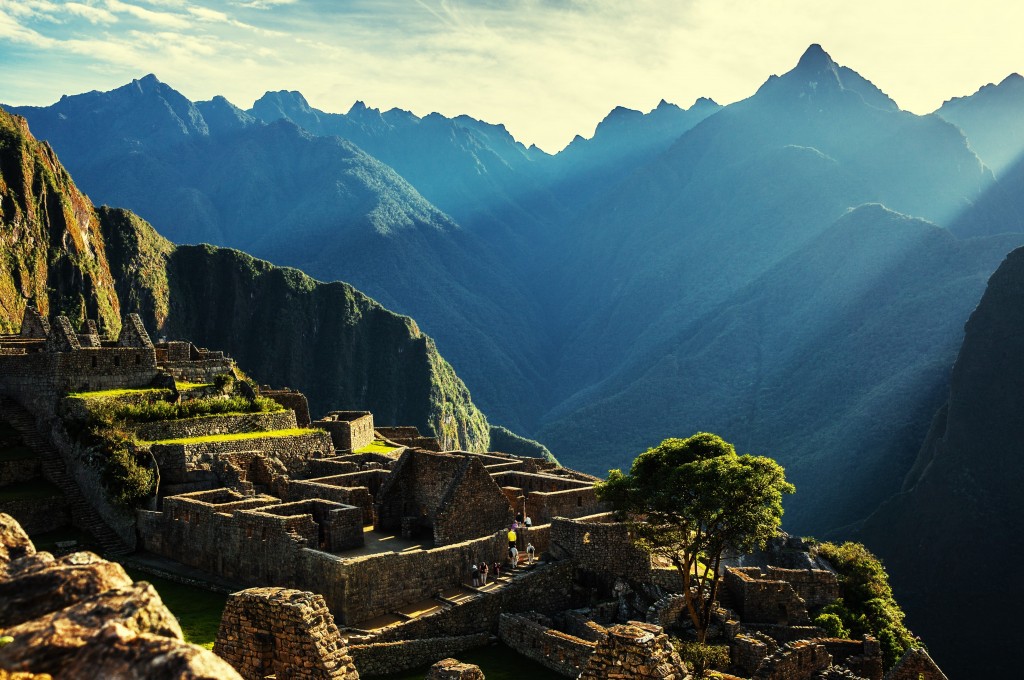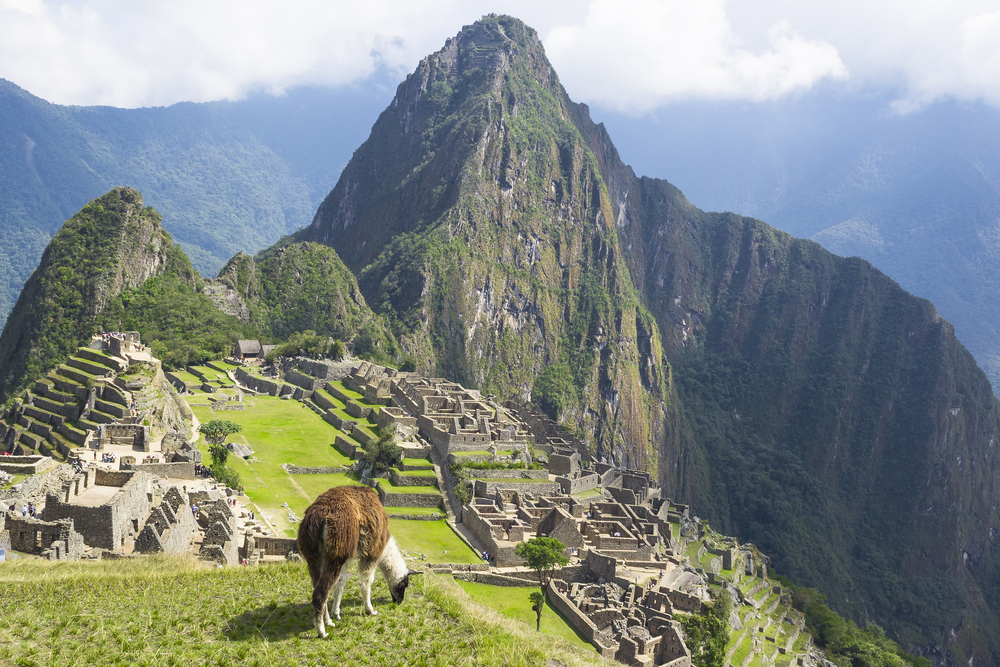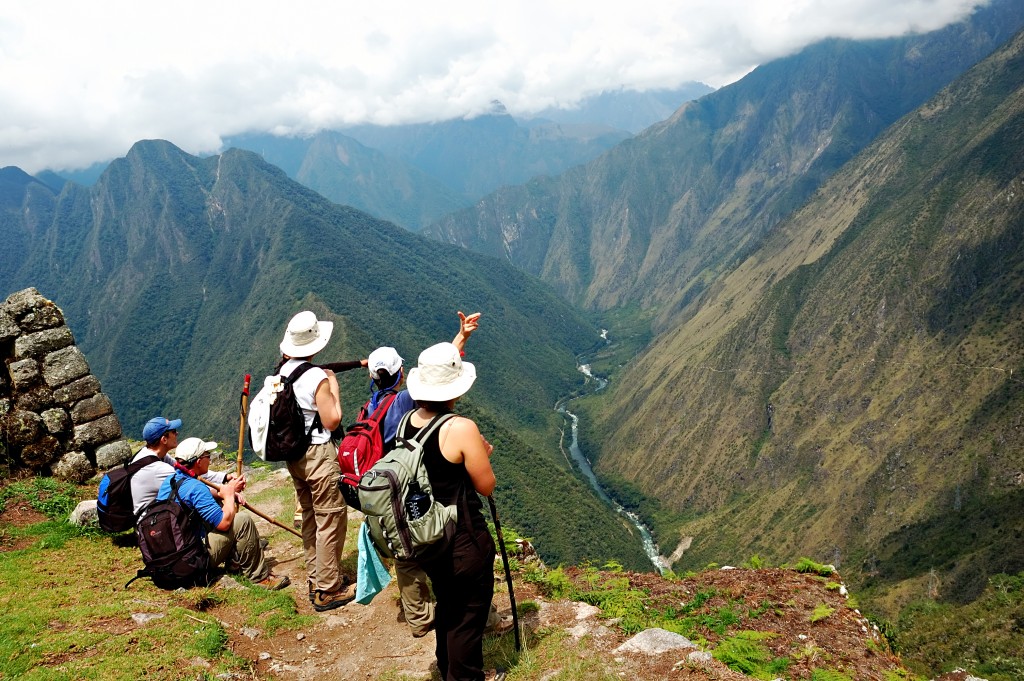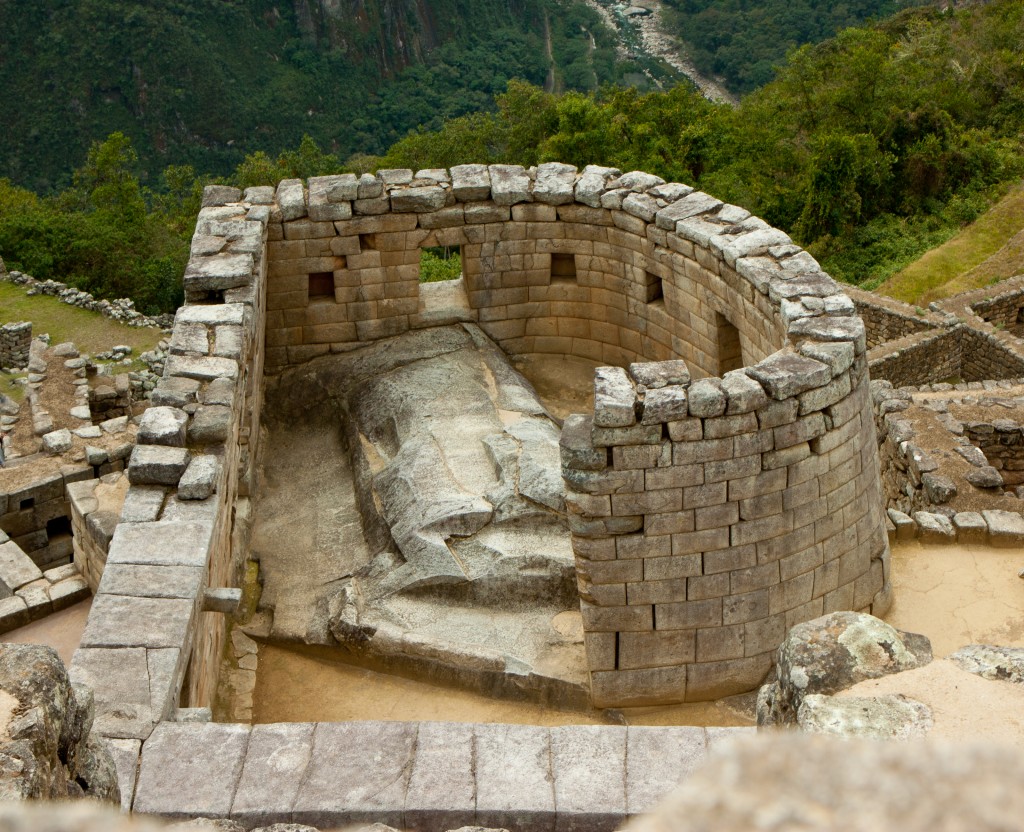Guide to Machu Picchu: Mysterious Beginnings and Modern-Day Treasure
For over a century, Machu Picchu has captivated adventurous explorers the world over. Peru’s unrivalled crown jewel, and indeed one of South America’s most coveted bucket-list destinations, this ancient Inca citadel was named one of the New Seven Wonders of the World in 2007. But no accolade could ever accurately depict the feeling of actually being there, of seeing it with one’s own eyes. Of crossing the threshold of Sun Gate and exploring all the hidden nooks and crannies of this incredible complex.
Built at an altitude of 2,430 metres, and comprising temples, aqueducts, vertiginous staircases, gardens and terraces over an area of 13 km², Machu Picchu is both a journey and a destination. Reaching it, either on foot or by train, is only half the magical experience. Read this guide to Machu Picchu and make the best of your trip to this astonishing piece of history.
Guide to Machu Picchu

A step back in time….
Even after all this time, there is much mystery which shrouds Machu Picchu. The 15th-century citadel, built around the time of the great Inca rulers Pachacutec Inca Yupanqui and Tupac Inca Yupanqui, was left all but abandoned to the elements merely a century later. Theories about its demise abound, with the most probable causes being a decimation of the population due to one of the many contagious illnesses known to have been introduced to Peru by Spanish conquistadores.
Whatever the case may be, this once incredibly thriving citadel was never actually discovered by the Spaniards and was left blissfully ‘lost’ for the subsequent few centuries.
By the time American explorer Hiram Bingham stumbled on to the site in 1911, and effectively introduced it to the western world a couple of years later, Machu Picchu was literally hidden amongst a canopy of jungle overgrowth. Unlike what many people think, there was never a WOW moment for Bingham, nor was the significance of Machu Picchu immediately revealed. In fact, Bingham was scouring the area extensively and came across many archaeological sites, both erroneously and correctly identifying them from literature he’d studied about the Incas.
When he first cast his eyes on Machu Picchu he failed to take in the size of the complex of course (due to the overgrown vegetation) and the only thing which brought him back here in 1912 was the quality of stone workmanship he noticed. Unlike other sites, which had been perhaps built in a hurry and were somewhat elementary, Machu Picchu showcases arguably the most impressive Inca stonework ever discovered. This, and its spectacular setting, is what sets Machu Picchu apart from all others.

For more than four decades, Machu Picchu was believed to be Vilcabamba, the very last capital of the Incas before the empire was finally overthrown by the Spaniards. Vilcabamba is the bona fide ‘Lost City of the Incas’, although the moniker had been attributed to Machu Picchu since the early days of its rediscovery, and it kind of stuck ever since.
What to see and do once you’re there – Guide to Machu Picchu
The exact use of Machu Picchu is still unclear, although latest research leads experts to believe it was primarily somewhat of a resort-like destination for leading Inca rulers and their families. A guided tour of the complex is a must, as much of the most significant sites will simply go unnoticed otherwise. Although little is known of the use or significance of the sight, there are still plenty of mesmerizing highlights you really shouldn’t miss.
Here are just a few of the major sites to explore within Machu Picchu, and keep in mind there’s plenty more where that came from!
Sun Gate
The spectacular Sun Gate of Machu Picchu is reason alone to tackle the gruelling hike over the Inca trail over a few days. For hikers, this first glimpse of Machu Picchu is the pinnacle of an adventurous journey and a totally breathtaking introduction to this mystical site. On a crystal clear day, you can see for miles ahead, down as Machu Picchu opens right before your eyes, and across to the imposing site of Huayna Picchu. Of course, if you reach Machu Picchu by train + bus, you can always take the moderately light trail up to the Sun Gate (takes about an hour) although dare we say the impressions will not be quite the same.

Temple of the Sun
Dedicated to the Inca deity Inti (the Sun) this temple is possibly the most awe-inspiring site in all of Machu Picchu and widely believed to be the most important in the whole citadel. The only building to have round walls, the Temple of the Sun hosted the most prominent sacrifices and religious rituals.
The masonry work is simply outstanding here and nowhere else will you find better examples of that maze-like stonework so inherent in Inca architecture. The trail uphill is a bit of a struggle but the rewards are immense, with all-encompassing views adding to that breathless feeling.

Temple of the Condor
Yet another amazing example of Inca stonework, the Temple of the Condor was not so much built as literally carved into a rock corroded by thousands of years of wind. Shaped like an outstretched condor, this temple was believed to have been used for sacrificial rituals and to execute criminals.
Temple of the Three Windows
Perhaps the most photogenic of all the buildings in Machu Picchu, the Temple of the Three Windows is on the eastern end of the Main Plaza and features three trapezoidal windows which are a unique anomaly in Incan architecture.
Allegedly representing the underworld, the heavens and life on earth, or alternatively, the three mythological windows from which the three founders of the Inca Empire emerged, the three windows are carved onto a wall facing an easterly direction, allowing the solstice sunrise to shine through at perfect angles. The most mind-boggling part of this temple is realizing that some of these single stones weigh as much as 3 tons and how on earth they were moved into position is still an intriguing mystery.

Intihuatana Stone
An invaluable tool from which the Inca calendar was derived, the Intihuana Rock signalled the change of seasons to the Incas and is one of the most fascinating astronomical clocks ever built. To see it, you must battle the crowds along a steep and narrow walkway, but being on one of the highest points means you get stellar views.
Such ritual stones have been found throughout Peru yet the one at Machu Picchu is the most famous and revered of all. Unimaginably, Intihuana was damaged in 2000 when a crane used in the filming of a beer commercial toppled over and chipped off one of the corners!
Huayna Picchu
Only 400 people a day are allowed to climb Huayna Picchu, and all 400 claim it to be the most worthwhile venture of all. Huayna Picchu is the pointed mountain which overlooks Machu Picchu and is invariably the most magnificent backdrop on all iconic photos of the site.
Gosh, it’s a long way down from the top and the slow hour-long hike up (through some exposed sections) is arguably more agonizing than the entire 4-day Inca Trail! But, if you’re fit and willing, take on the challenge and you’ll get your just rewards. The view back to Machu Picchu is simply extraordinary and one of the most amazing you’ll see, primarily because it isn’t the cookie-cutter impression of the site one sees on photos.
How to get to Machu Picchu
If you're not hiking into Machu Picchu, then you'll likely get the train from Cusco to the town of Aguas Calientes, then take a bus to the ruins. However, whether you're young, old, fit or not…there are countless ways you can explore magical Machu Picchu! Here at Chimu Adventures, we pride ourselves in offering a host of sensational tours to Machu Picchu. Our Signature Peru itineraries are designed to showcase not only the best of Peru, but also some local favourites that you'll love.
What to pack for Machu Picchu
If you're planning a trip to Machu Picchu, you're probably starting to think about what to pack! While the answer will vary depending on personal preferences, whether or not you plan on hiking, and the time of year when you visit, here are a few inclusions for your Machu Picchu packing list.
- A comfortable backpack or daypack that can hold your essentials: wallet, camera, reusable water bottle, sunscreen, hat.
- Comfortable hiking or walking shoes, as the ground can be uneven
- Jacket or windbreaker
- Layers in winter, so you can add on a fleece or remove a layer if the weather changes.
- Shorts and t-shirts in the summer months
- Pack comfortable, breathable trekking or fitness attire that you can move around in easily.
If you're doing a multi-day trek, your tour operator will provide a detailed list of required items to pack. And if you still have questions, give us a call! Many of our team have visited Machu Picchu extensively and would be glad to give advice based on their personal experience.

Where Will You Go Next ?
- Popular Destinations
- Antarctica
- The Arctic
- South America
- Central America
- More to explore
- Amazon
- Antarctic Circle
- Antarctic Peninsula
- Argentina
- Bolivia
- Brazil
- Canadian Arctic
- Chile
- Colombia
- Costa Rica & Panama
- East Antarctica
- Ecuador
- Galapagos Islands
- Greenland
- Guatemala & Honduras
- Machu Picchu
- Mexico
- Patagonia
- Peru
- South Georgia and Falkland Islands
- Spitsbergen
- Sub Antarctic Islands

Talk to one of our experienced Destination Specialists to turn your Antarctic, Arctic and South American dream into a reality.
Contact us
